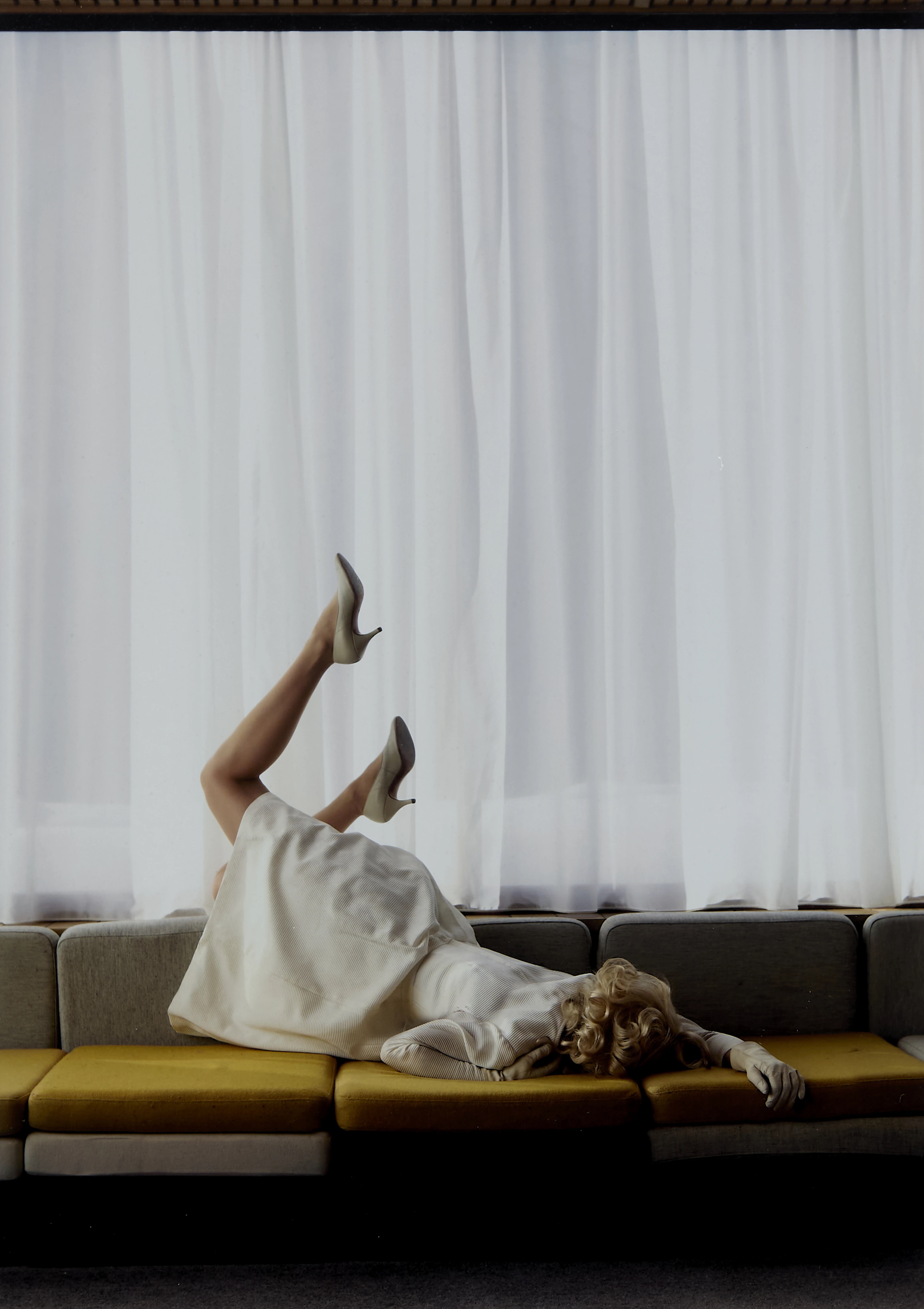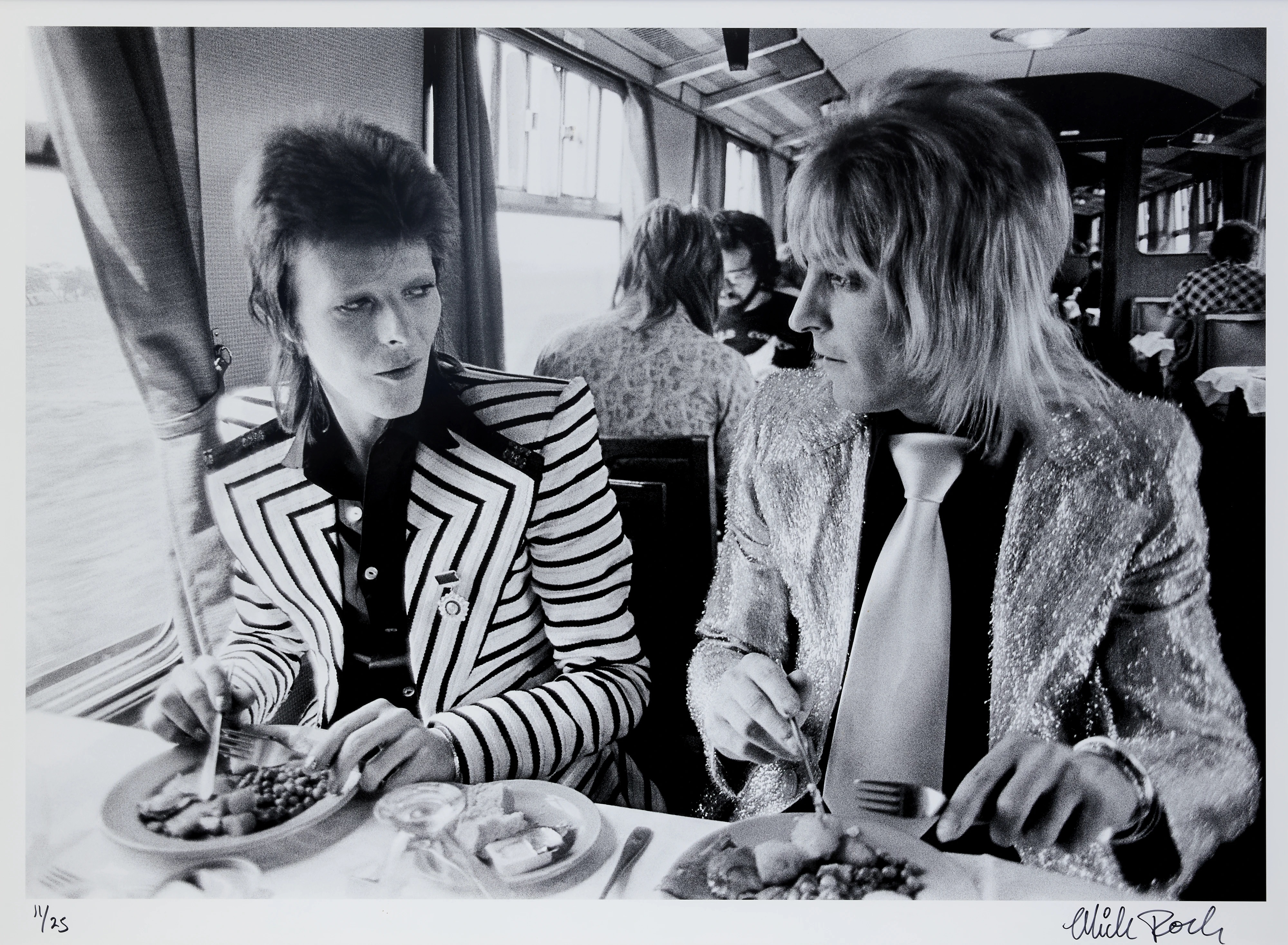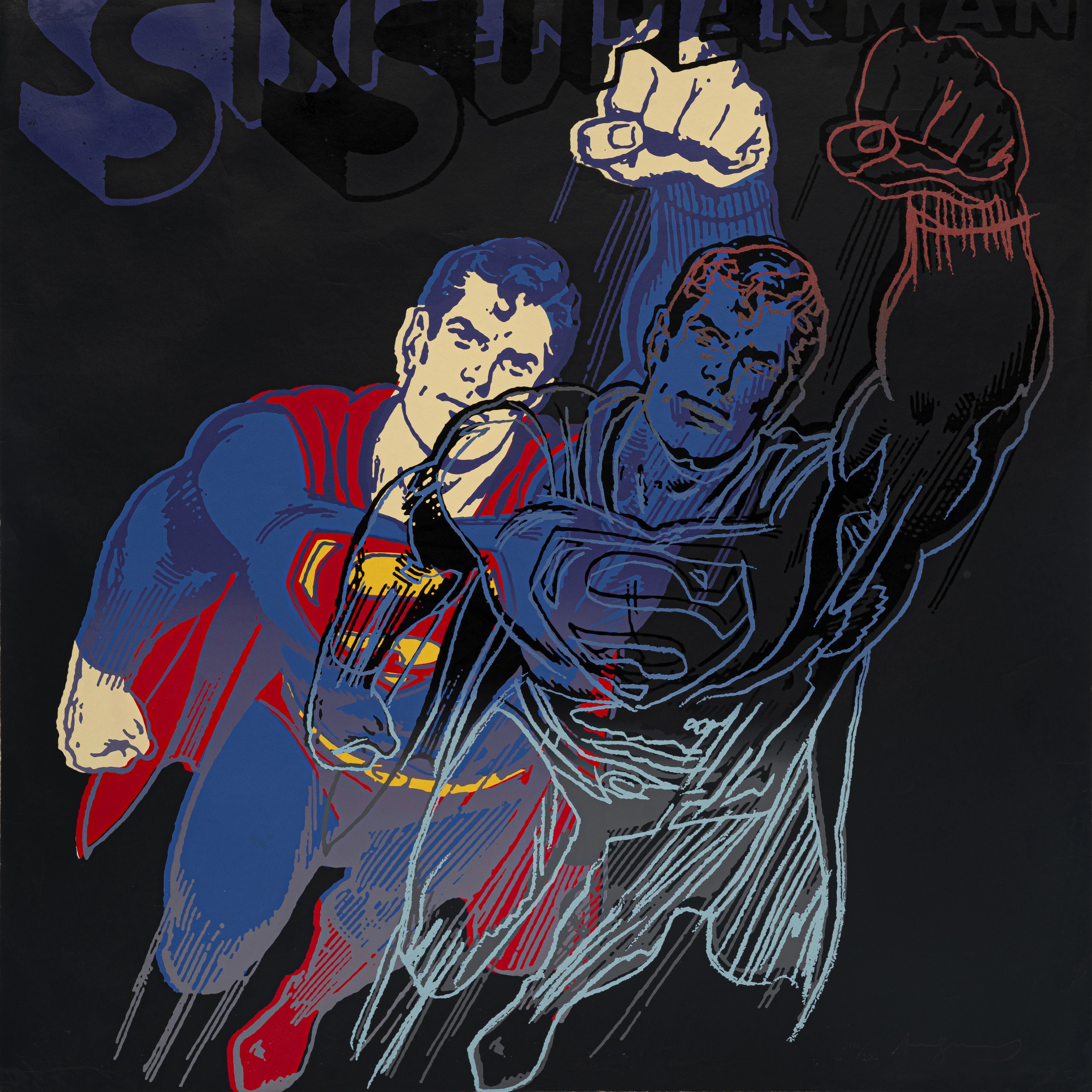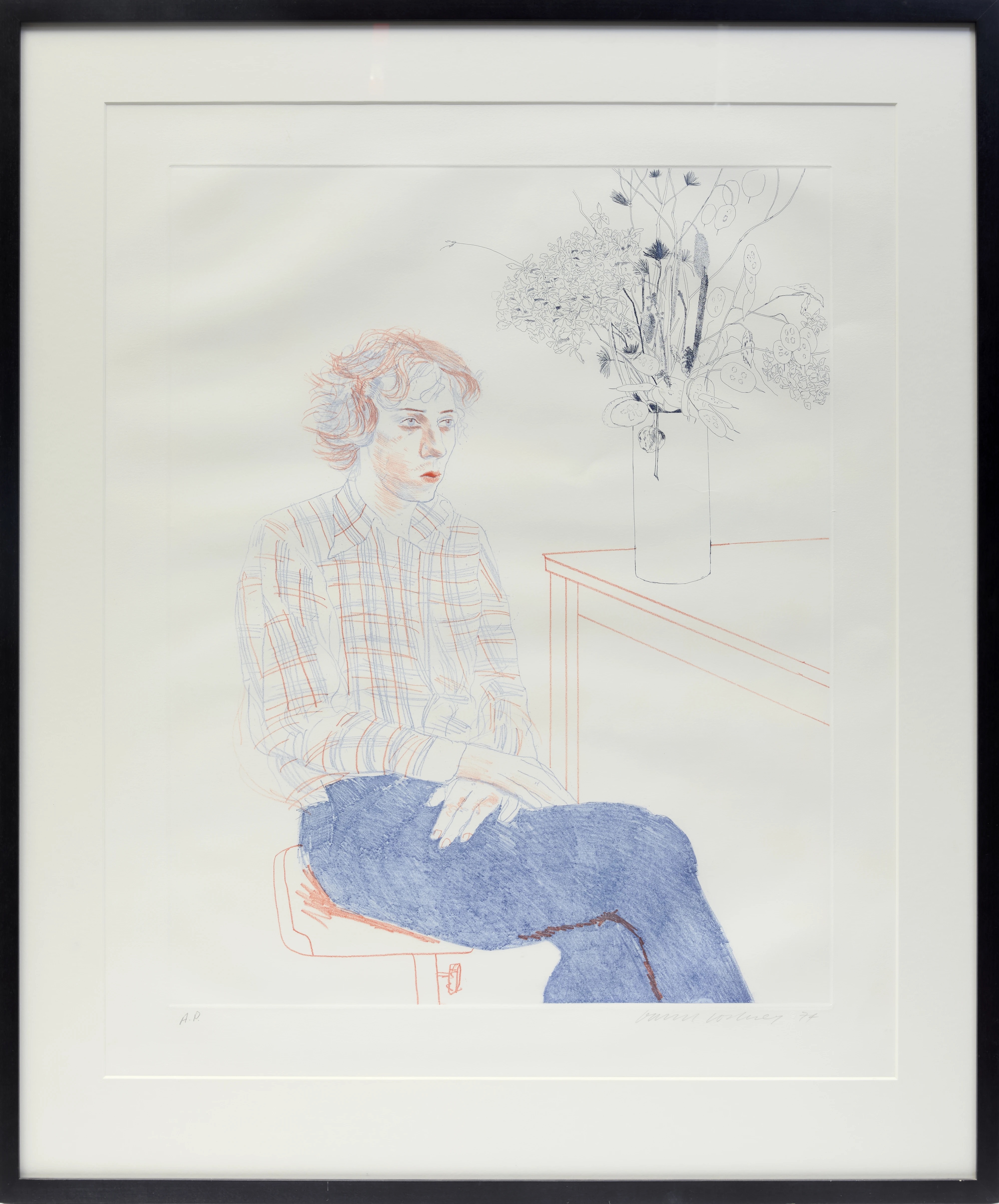Roseberys’ September Prints & Multiples auction presents a remarkable private collection of photography, featuring iconic works by some of the most celebrated photographers of the 20th and 21st centuries, including Terry O’Neill, Anja Niemi, Mick Rock, Patrick Lichfield and Mike Figgis. The collection reflects a discerning eye and a fascination with 20th-century celebrity history, as expressed through the medium of photography.
Lot 248: Anja Niemi, Norwegian b.1976- The Starlet, 2013
The highlight of the sale is a monumental photograph of Brigitte Bardot in Spain, taken by Terry O’Neill in 1971 on the set of Les Pétroleuses. This work is the second-largest version of the print ever produced and is exceptionally rare to see at auction or on the open market. Throughout his career, O’Neill photographed Bardot more than 70 times, but this 1971 image has endured as his most celebrated - an arresting portrait that captures the actress’s insouciance, wildness and beauty. Allegedly the result of the very last frame left in his camera, it has since become O’Neill’s most collectible and sought-after image. A smaller print is held in the National Portrait Gallery, London. The work on offer is signed, dated and numbered 29/50.
Lot 233: Terry O'Neill CBE, British 1938- 2019, Brigitte Bardot in Spain, 1971
Reflecting on the moment, O’Neill later recalled:
“It was a windy day and she was waiting to film a scene. She kept brushing the hair out of her eyes. I thought if I could get a close-up of that moment, it would capture how sexy, strong and wild her image was. The wind blew and I clicked the shutter. I had no idea if the photo would match the image I had in my mind until the film was developed, which, in the end, took weeks. Even now, remembering the first time I saw these images, I get chills.”
O’Neill rose to fame in the 1960s with candid, intimate portraits of cultural icons including The Beatles, David Bowie, Audrey Hepburn and The Rolling Stones. He first met Bardot on the set of Shalako in 1968 and quickly carved a niche for himself as a set photographer, producing portraits that doubled as powerful publicity for the films. Shooting with a then-novel 35mm film camera, O’Neill created images that felt spontaneous and unposed, a style that defined Swinging London and cemented his reputation as one of the great celebrity photographers of his era. His Bardot portrait epitomises the bombshell zeitgeist of the sixties.
Other highlights include Mick Rock’s photograph of David Bowie and Mick Ronson at lunch on a train to Aberdeen in 1973. Signed in black pen and numbered 11/25, the work is especially rare: most prints of this famous image exist in editions of 50 or more and at a smaller scale.
Lot 164: Andy Warhol, American 1928–1987, Superman, from Myths (F. & S. 260), 1981
The sale also features a striking Andy Warhol screenprint of Superman from his Myths series, embellished with a fine layer of “diamond dust” - actually ground glass sprinkled over wet ink. Created in 1981, the Myths portfolio consists of ten screenprints depicting some of the 20th century’s most iconic fictional characters. Warhol’s fascination with celebrity, mass media and consumer culture found perfect expression in these works, which both celebrate and critique the iconoclasm of American popular culture. The present example carries exceptional provenance from a Private Deceased Estate, South Africa, and the Natalie Knight Gallery, South Africa, and is estimated at £100,000 – £150,000.
Lot 74: David Hockney OM CH RA, British b. 1937- Gregory, 1974
Finally, a sensitive 1974 print by David Hockney, entitled Gregory, is offered with an estimate of £17,000 - £20,000. Depicting Gregory Evans, Hockney’s partner and model in the 1970s, the work is signed and dated in pencil. In notes for the Arts Council Collection, Hockney described the piece: “It is an etching drawn directly on to copper plates from life, using a technique I learned from Aldo Cromm[e]lynk in Paris, who had derived it from Picasso… normally to make a two colour print like this one, would require working from a drawing (not life) to separate the colours… his… technique makes this not necessary and enables one to be spontaneous using as many colours as one needs.”









